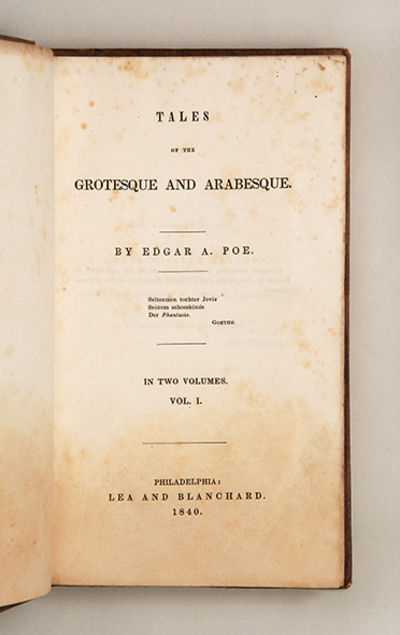Duodecimo
- AKA
- 12mo
A duodecimo is a book approximately 7 by 4.5 inches in size, or similar in size to a contemporary mass market paperback. Also called a twelvemo, duodecimo comes from Latin, and refers to the practice of taking a standard printing sheet from a printing press, and folding and refolding it until the pages are at the desired size. More familiar terms include folio or quarto, which (at least originally), referred to pages folded in half, or quarters, respectively. Once the folds were made, the outside edges are trimmed before binding. An octavo, one eighth the size of a standard printed sheet used by book printers is about the size of a contemporary hardback book or trade paperback.
A duodecimo page is one twelfth the size of the original printed paper, and on a standard modern printing generally ends up close to 7 inches in height and about 4 1/2 inches wide after trimming. This is an example of a duodecimo sized printing and binding:
Strictly, the term refers to the number of folds made to a paper after printing and before being bound into a book, and therefore the size can vary. The pages of any duodecimo volume will be printed on twelve leaves (24 pages). A standard printed sheet is 25 inches by 38 inches traditionally, and octavo and duodecimo have become standard sizes for books based on this measurement.
Synonyms and abbreviations for duodecimo include: D, 12║, twelvemo, and 12mo.